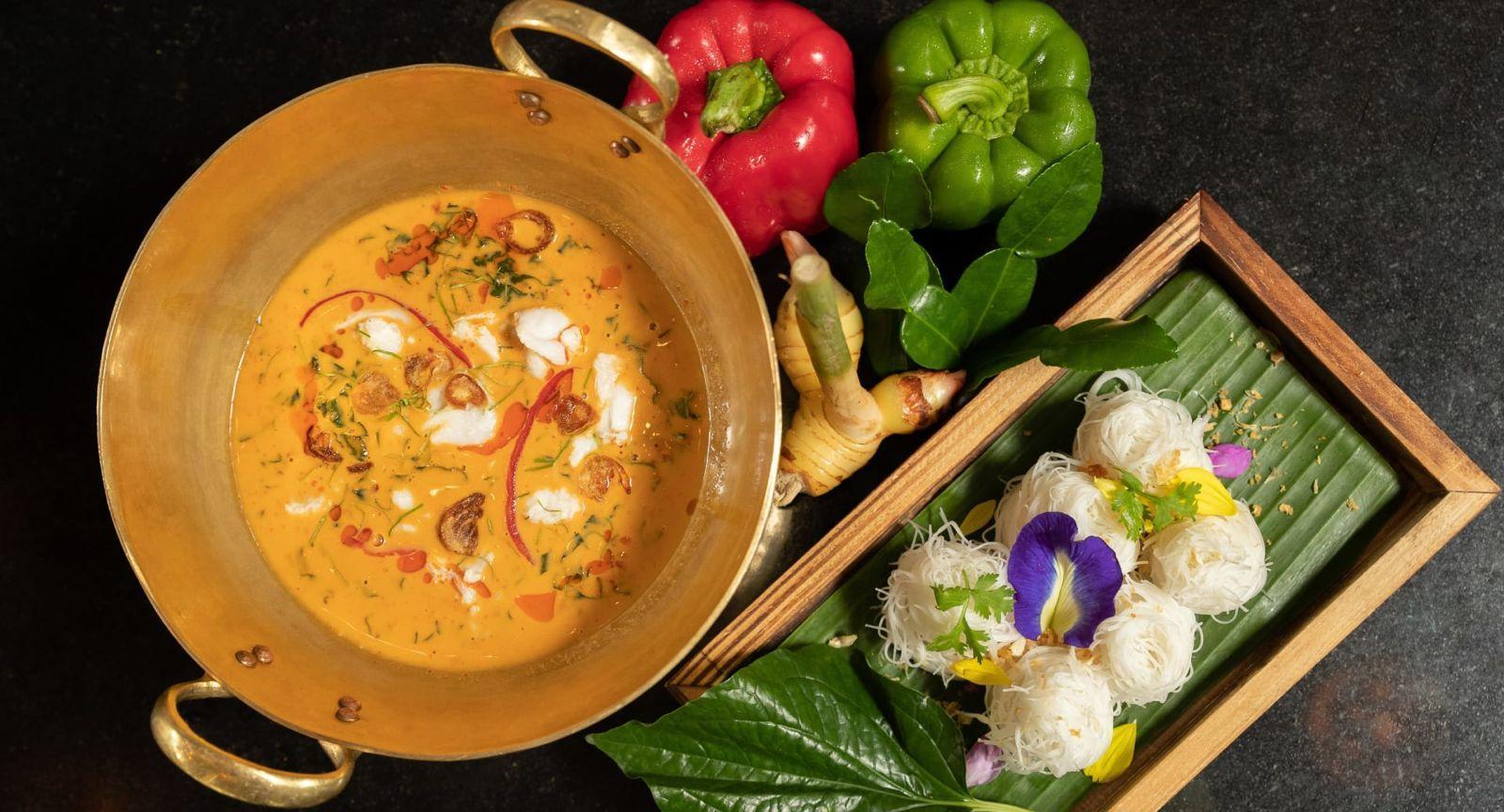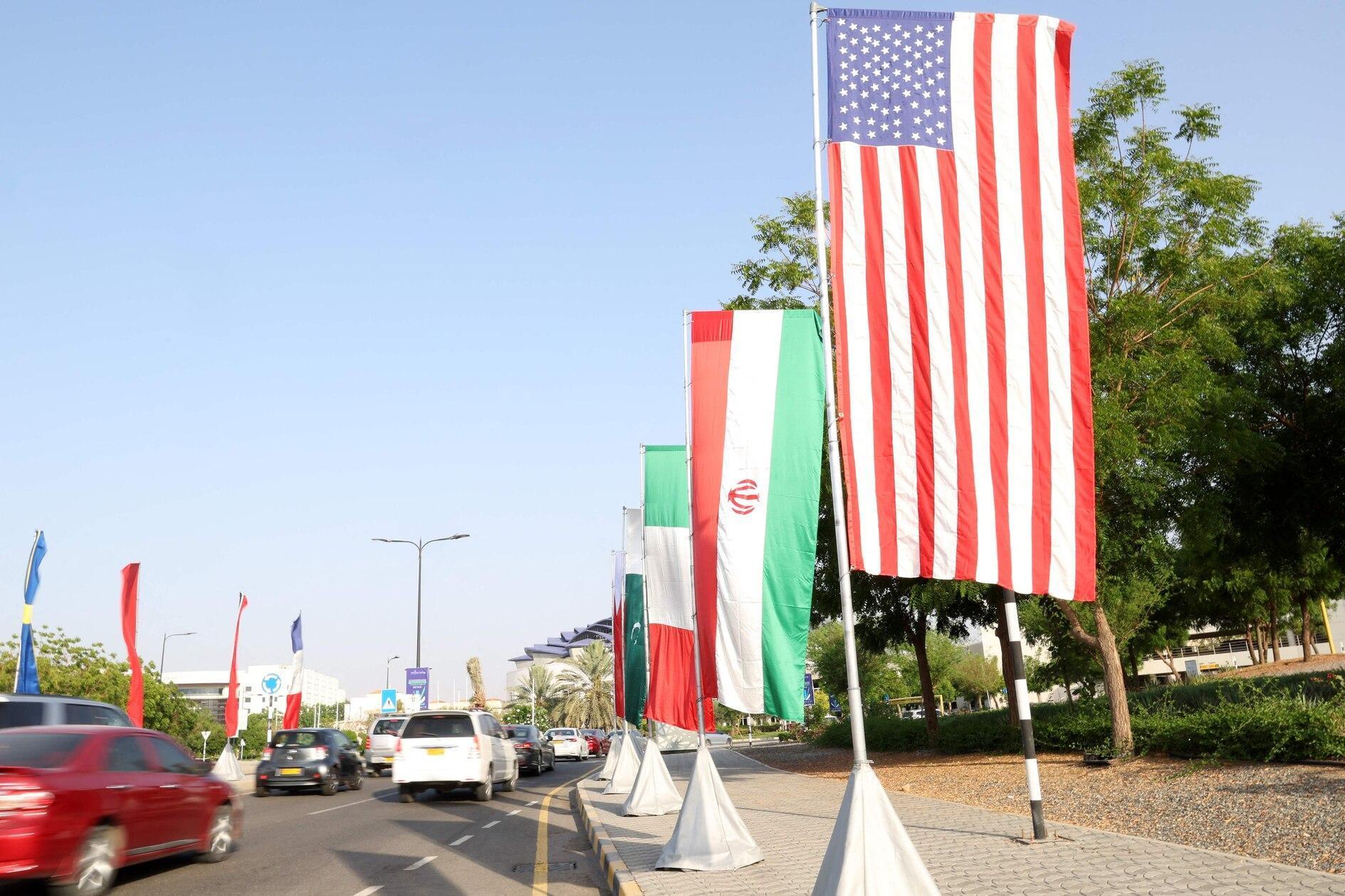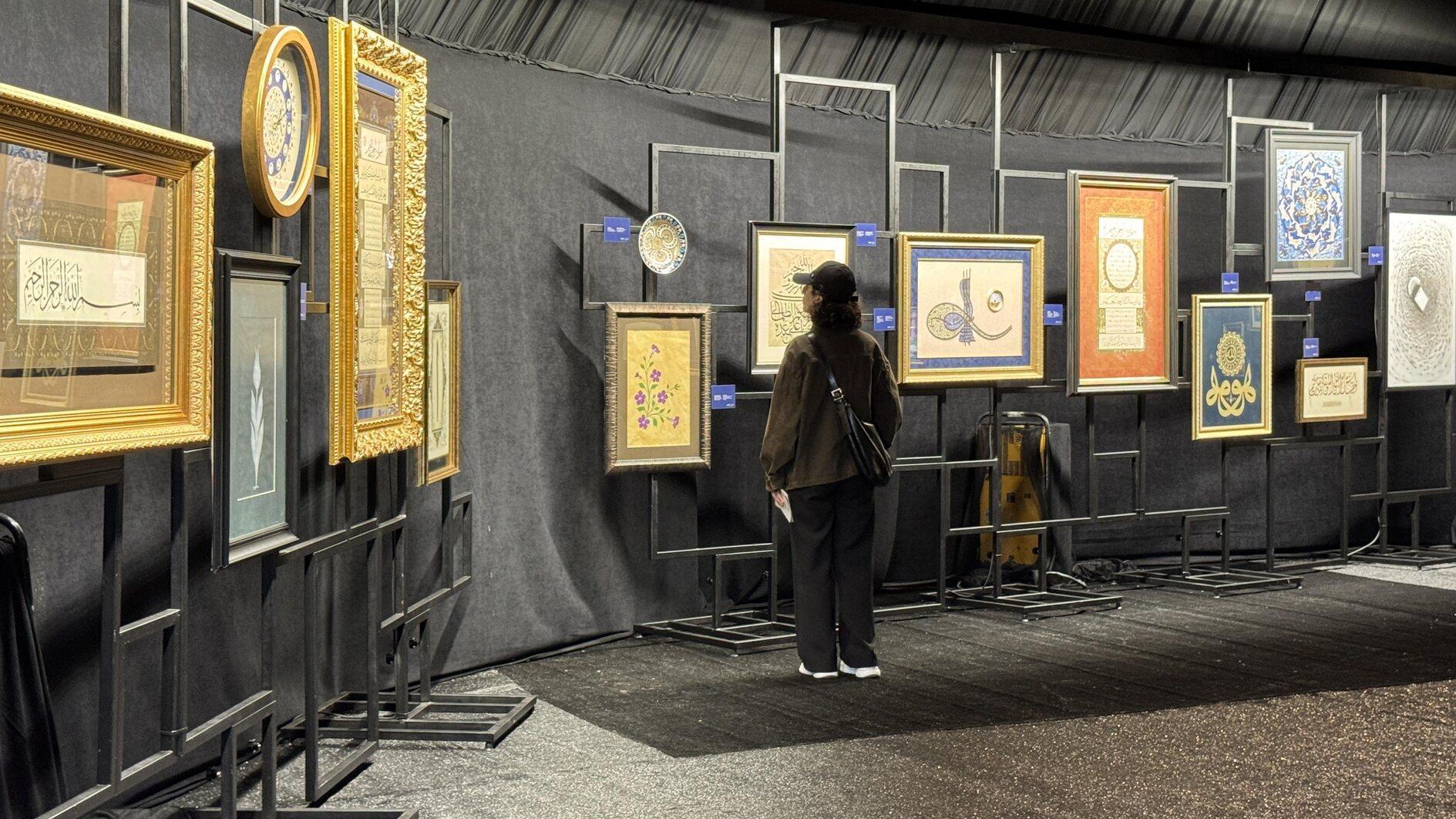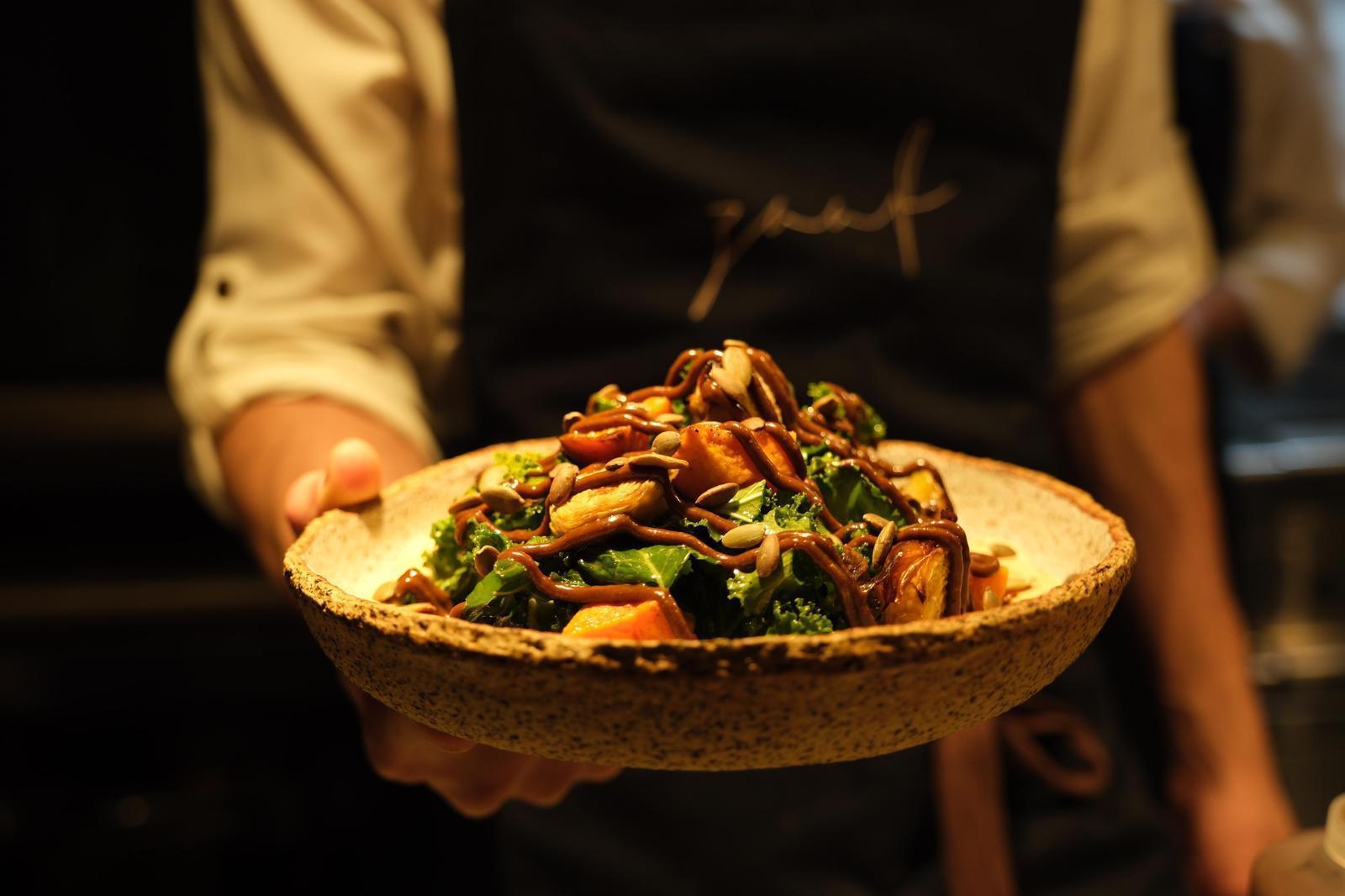White Lotus: Amazing Thailand!

I was just about to put the caption of this article as; “Breaking News: No food at White Lotus!”
After binge watching Season 3, it seemed to me that the popular TV series missed the opportunity to showcase the amazing richness of Thai cuisine. This was also the case in Season 2, set in Sicily, despite the several dining scenes in the wonderful Belmond Hotel, no Sicilian food had made the stage, no munching of an arancini. Well, as a food columnist, I’m often obsessed with the culinary angle, especially if the show is set in a geography I know well. Let’s call it an occupational hazard of some sort.
The influence of TV shows is stronger than we think. It is true that TV shows have an incredible impact around the globe. Popular ones can lead to a tourism boom, boost sales that appear in the show, especially in the fashion industry, and can play an important role in promoting a country’s cuisine. The impact of “Emily in Paris” was even reflected on the shelves of grocery stores. Last year, when I saw frozen foods inspired by the TV series "Emily in Paris" in European grocery stores, I could not believe it had come to this point. In fact, Italy stepped in right after, and the next season was moved to Rome. These series create a fascination around the places where they are filmed, and as in the case of Emily, they can even trigger gastronomy tourism and boost products all the way to the market shelves. From clothes to accessories, everything that appears on the screen breaks sales records.
No food in White Lotus?
So, what would be the impact of the last season of White Lotus set in Thailand? For this reason alone, I watched the whole season with great curiosity and scrutiny. I have stayed in many of the hotels where the series was filmed, and I am friends with many of the leading award-winning Thai chefs. For a quarter of a century, the Thai authorities have taken systematic and determined steps to promote their cuisine, and they have come a long way. But White Lotus strangely missed the culinary aspect almost completely; there was hardly any food scenes, not a single food item, funnily not even a dish of Pad Thai or Mango sticky rice. Except for the exotic appearance of fresh coconut water, sipped through a straw, and a reddish-orange colored fruit, probably a papaya, people kept eating at breakfast, there was nothing that could whet the appetite. Perhaps the only tempting item was the Piña Colada cocktail, — spoilers ahead — where Timothy Ratliff thought of adding deadly poisonous pong-pong fruit seeds to kill his entire family, but alas he backed off the last minute, the cocktails were poured down in the drain and no one died. This alone boosted the sales of the Piña Colada flavored Coffee Mate, awkwardly appearing just before the final episode. Despite the absence of Thai cuisine in the show, White Lotus still managed to increase demand for Thai food in the UK by 25 percent. Now, that is amazing!
Amazing Anantara
Many years ago, I was invited to speak at a tourism congress organized by Chulalongkorn University in Bangkok. The congress was held at the iconic Mandarin Oriental Hotel, so I had a good initiation to Thai culture. I also had the opportunity to stay at three of the hotels where White Lotus was filmed. Although it is said that the series was filmed at the Four Seasons Koh Samui hotel, this is obviously a bit of a promotion, I could see that almost all scenes were shot in two Anantara resorts in Phuket, namely Anantara Layan and Anantara Mai Khao. The scenes were meticulously stitched together, you leave the room in Anantara Mai Khao and you find yourself in the Anantara Layan pool, and then back to the breakfast terrace at Layan, and then having dinner at Mai Khao. The cuisine at both hotels is excellent, Layan’s breakfast room is amazing, but only the donuts hanging in one corner of the buffet briefly appeared and that was all, the rest were bits of papaya munched by the middle-age crisis ladies.
A quarter century of dedication
Anantara hotels are part of the Minor group, founded in Thailand in 2001 by William E. Heinecke, which coincided with Thailand’s tourism boom years. The Tourism Authority of Thailand had previously launched the campaign titled “Amazing Thailand” which was planned to run for two years only in 1998-99, but it proved to be so successful that it is still going strong after a quarter of a century later. Later in 2018, the Thai Ministry of Commerce initiated The Thai Select certification scheme, which awards certificates to restaurants outside Thailand that serve genuine and authentic Thai cuisine using Thai products. This certificate ensures that the country’s cuisine is represented authentically with high quality. It was also the turn of the century when we began to see upmarket Thai restaurants outside Thailand. Busaba Eathai restaurant opened in 1999, was among the pioneers in the UK. It was by Chinese British restaurant entrepreneur Alan Yau, who had previously founded the Wagamama chain. Then, the incredibly successful Nahm opened in 2002 by Australian chef David Thompson received a Michelin star. These were ones that started the growing interest in Thai food. Launched in 2002, the “Global Thai” program was a government-led culinary diplomacy initiative. So, we can easily say that the Thai government was consistently and persistently promoting Thai food. Considering that White Lotus managed to increase interest in Thai cuisine by 25 percent even without featuring a single food shot, there are many lessons to be learned from the Tourism Authority of Thailand, and their efforts to pave the road to today’s global fascination with Thai cuisine. Another spoiler alert, not about White Lotus, but on what happens in the culinary scene of Bangkok, stay tuned for the 25th anniversary of the World Gourmet Festival 2025 to take place in Anantara Siam last week of September, proving that BKK continues to be a culinary destination after a quarter of a century.












